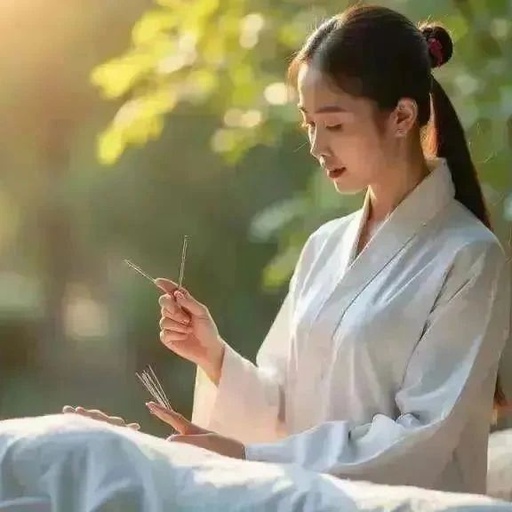
针灸 (Acupuncture), as a treasure of 中医 (Traditional Chinese Medicine), attracts countless people’s attention with its unique therapeutic effects. However, for those who are new to it, understanding the locations of acupuncture points may feel like falling into a fog. Don’t worry, today I bring you a simple and easy-to-understand guide to acupuncture point locations to help you easily master this ancient skill.
Basic Concepts of Acupuncture Points
Before discussing acupuncture points, let’s first understand the basic concept of acupuncture points. Acupuncture points are specific points in the human 经络系统 (meridian system) where 气血 (Qi and blood) flow, and they are key to acupuncture treatment. They are distributed throughout the body, and each acupuncture point has its unique effects and functions.
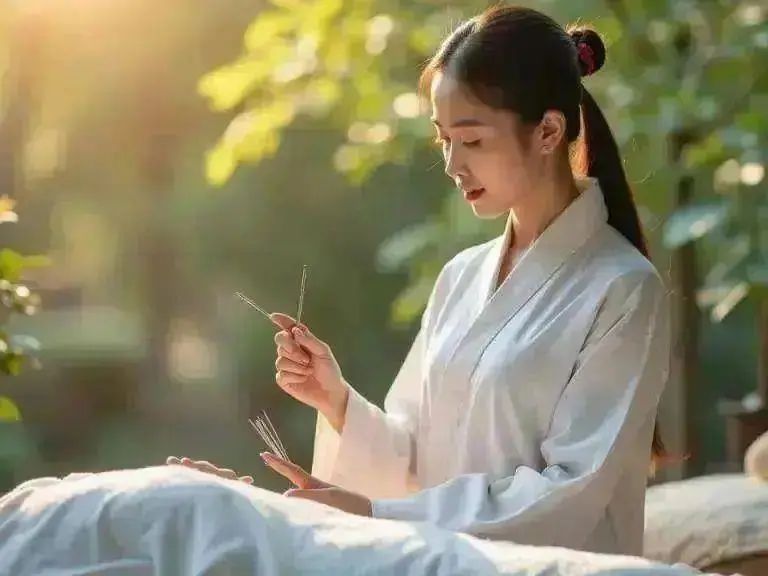
Common Methods for Locating Acupuncture Points
Next, I will introduce several common methods for locating acupuncture points:
1. Locate the Edges of Muscles
Many acupuncture points are located at the edges of muscles, especially superficial points. You can gently touch the skin to find the edges of the muscles and then look for acupuncture points at that location.
2. Follow the Direction of the Meridians
The meridian is an important concept in TCM theory, running throughout the body and connecting the organs, limbs, and senses. Searching for acupuncture points along the direction of the meridians often leads to significant points.
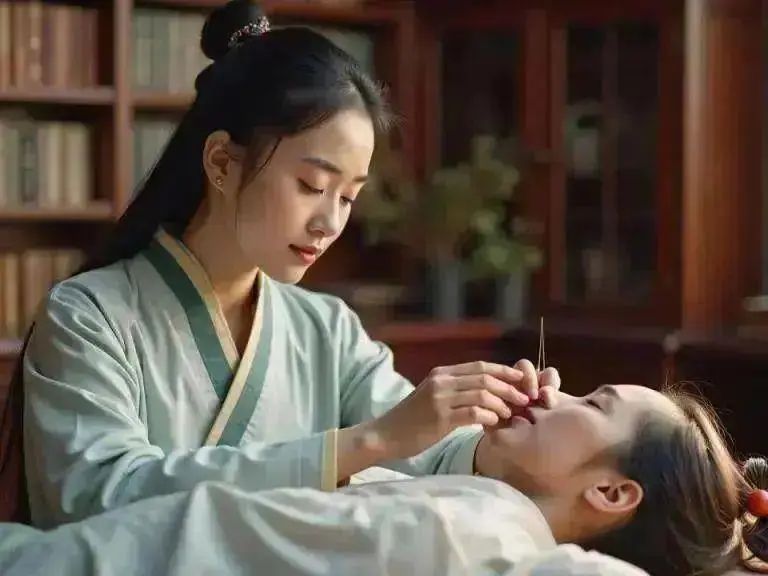
3. Refer to Ancient Texts or Charts
Ancient physicians have left many works and charts about acupuncture points, which provide us with valuable references. You can consult relevant books or online resources to understand the accurate locations of acupuncture points.
Specific Acupuncture Points Introduction
Now, I will detail several common acupuncture points, their locations, and functions:
1. 足三里 (Zusanli)
足三里 (Zusanli) is an important acupuncture point located on the outer side of the lower leg, 3 inches below the knee cap. This point has the effects of regulating the spleen and stomach and tonifying Qi. When you feel a lack of appetite, abdominal distension, or diarrhea, you can try pressing the 足三里 (Zusanli) point, which often provides relief.
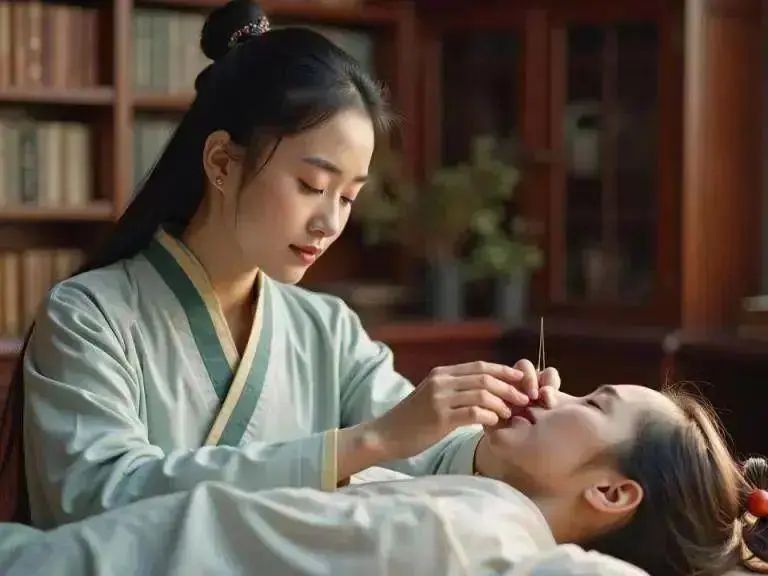
2. 太冲穴 (Taichong)
太冲穴 (Taichong) is located on the dorsum of the foot, in the depression behind the first metatarsal space. This point has the functions of soothing the liver, regulating Qi, clearing heat, and relieving sore throat. If you often experience headaches or throat swelling, you might want to try massaging the 太冲穴 (Taichong) point.
3. 督脉 (Du Mai)
督脉 (Du Mai) is an important meridian in the body that runs along the spine, connecting the organs and head. There are many acupuncture points along the 督脉 (Du Mai), including 大椎穴 (Dazhui) and 风府穴 (Fengfu), which are significant points. 大椎穴 (Dazhui) is located at the lower segment of the cervical spine and is a key point for regulating Yang Qi throughout the body; 风府穴 (Fengfu) is located in the neck and is important for dispelling wind and cold.
Practical Applications and Interaction
After understanding the basic concepts and locating methods of acupuncture points, let’s discuss how to apply this knowledge in real life. First, you can prepare some commonly used acupuncture tools at home, such as needles and moxibustion boxes. Then, under the guidance of a professional physician, you can perform acupuncture or acupressure treatments.
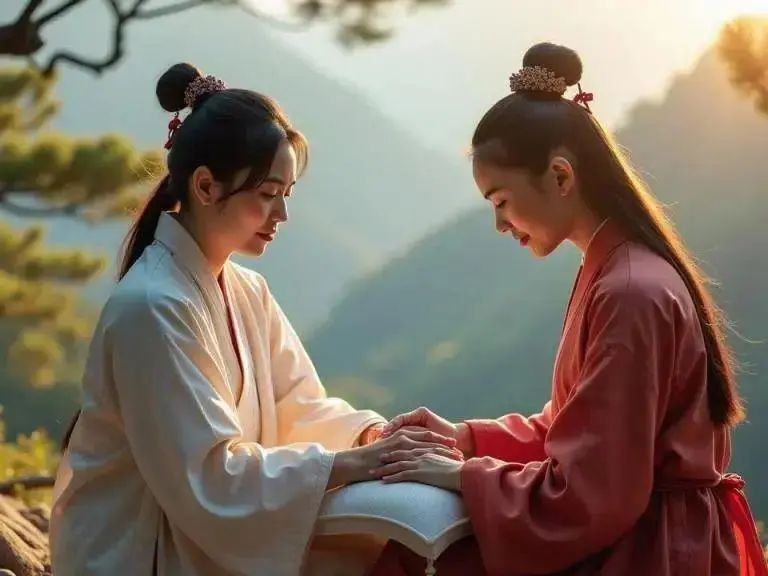
During practice, you may discover some interesting phenomena. For example, when you massage a certain acupuncture point, you may feel a sensation of soreness, numbness, or swelling, which is a sign of point activation. At the same time, you can choose suitable acupuncture points for treatment based on your physical condition and needs.
Additionally, I would like to share a case I encountered in clinical practice. A patient suffered from physical weakness and pale complexion due to long-term late nights. During my treatment, I guided him to massage some important acupuncture points, such as 足三里 (Zusanli) and 关元 (Guanyuan). After a period of treatment, his health gradually improved, and his complexion became rosy and radiant.

